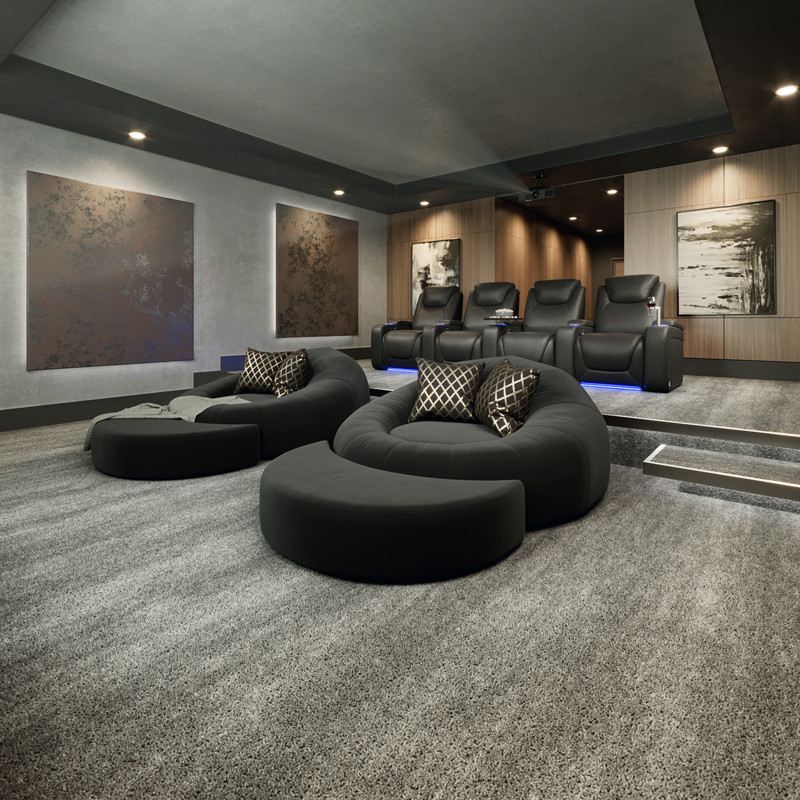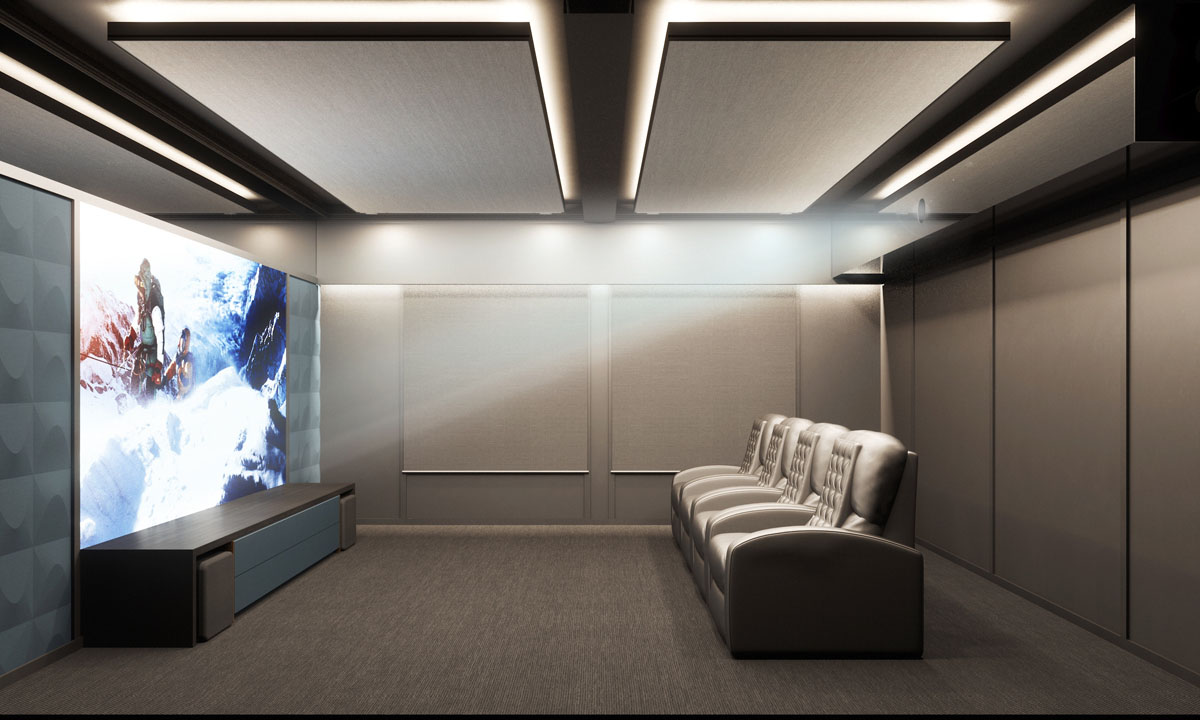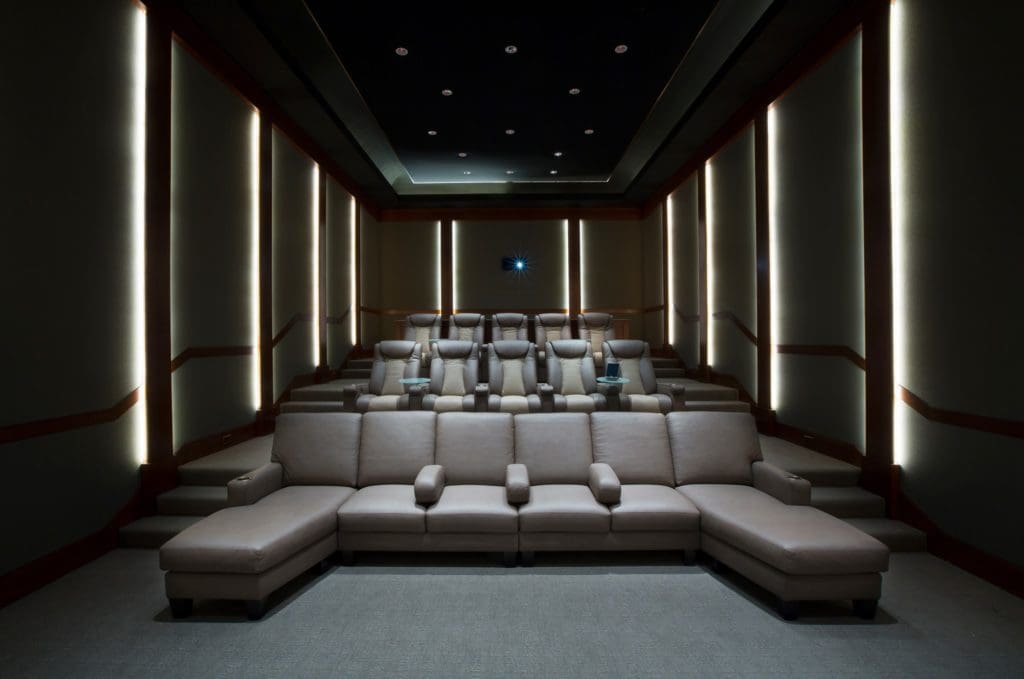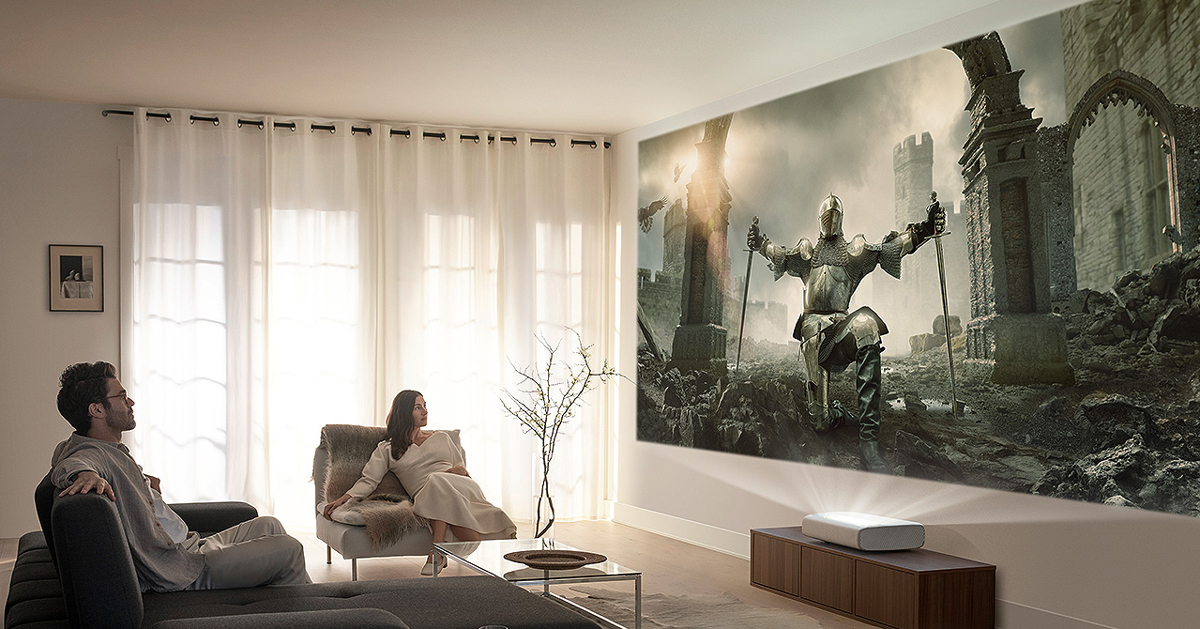How to Discover the Best Home Theater Tampa Installation Professionals
How to Discover the Best Home Theater Tampa Installation Professionals
Blog Article
Home Theater 101: Every Little Thing You Need to Know for a Motion Picture Experience in your home
Producing a home theater that measures up to the cinematic experience of a commercial theatre involves mindful consideration of several elements, consisting of screen choice, audio systems, and room design. Whether you are contemplating the perfect screen size or the complexities of surround sound, understanding these principles is vital.
Selecting the Right Screen
When establishing up a home cinema, choosing the right display can make or break the seeing experience - home theater tampa. The screen works as the centerpiece of your arrangement, affecting image top quality, checking out angles, and general aesthetic. Secret factors to take into consideration consist of display kind, size, and resolution
Initially, establish the appropriate display dimension based on your space dimensions and seating range. Next off, pick between numerous screen kinds, such as fixed-frame, motorized, or retracting displays, each offering distinctive benefits.
Resolution is one more crucial variable. For a genuinely immersive experience, take into consideration a display developed for 4K and even 8K content, ensuring sharpness and clearness. Additionally, take into consideration the display's gain, which impacts illumination and contrast; a greater gain can boost illumination in well-lit rooms, while a reduced gain may be better for darker settings.
Choosing Audio Equipment
Audio devices is a vital component of any kind of home theater system, considerably enhancing the overall viewing experience. The selection of audio gear can figure out the depth, clearness, and immersion of audio, vital for developing a motion picture ambience.
When selecting audio devices, take into consideration a border audio system, which normally includes a receiver, multiple speakers, and a speaker. A 5.1 or 7.1 network system is recommended, where the initial number stands for the audio speakers and the 2nd the speaker, providing an immersive soundscape. The receiver is the heart of the system, managing sound and video clip signals, and need to support contemporary layouts like Dolby Atmos for an improved spatial experience.
Quality speakers are necessary; try to find models that use a well balanced sound profile with great bass feedback. Floor-standing speakers can create richer audio, while bookshelf alternatives save space. Furthermore, consider cordless options for ease of setup, although wired systems often deliver remarkable efficiency.

Ideal Seating Arrangements
Producing an ideal home theater experience pivots significantly on optimal seating arrangements. The arrangement of seats plays an essential duty in both comfort and watching top quality, straight influencing the overall motion picture experience.
First, take into consideration the display dimension and checking out distance. An usual standard is to position seats at a distance approximately 1.5 to 2.5 times the diagonal dimension of the display. This guarantees an immersive experience without stressing the eyes.
Next, altitude is essential. The back rows you can look here need to be greater than the front to prevent obstructions if your seating is in a tiered format. For flat seating, make certain that the front row is not as well close to the display, and that everyone has a clear view.
Furthermore, take into consideration the plan in regards to social dynamics. Team seating can boost the common experience, while individual seats may be favored for individual viewing.

Last but not least, prioritize convenience with ergonomic seats that supports extended watching periods. Including reclining chairs or supported seats can substantially enhance the experience, making the home theater a preferred destination for both entertainment and leisure.
Lighting and Setting
Reliable lights and ambiance are essential parts of a properly designed home theater, as they significantly influence the checking out experience. The best lighting can improve the motion picture feeling, while bad selections can diminish it. For optimum outcomes, take into consideration a layered lights method that includes ambient, job, and accent weblink illumination.
Ambient lighting gives general lighting, guaranteeing that the area is not entirely dark, which can stress the eyes. Dimmer buttons are very suggested, permitting changes based upon the content being watched. Job lighting, such as wall sconces or floor lights, offers practical lighting for activities like analysis or navigating the space without interrupting the overall atmosphere.
Accent lighting can be utilized to highlight building attributes or develop focal points, including depth and rate of interest to the area. LED strip lights behind displays or along racks can provide a refined glow that improves the visual experience without frustrating the viewer.

Wiring and Installation Tips
A well-planned circuitry arrangement is critical for achieving optimum efficiency in your house cinema system. Appropriate wiring not just ensures premium audio and video clip signals yet also boosts the total visual of your area. Begin by mapping out your design, determining where each part will be placed, including your screen, speakers, and receiver.
When picking cable televisions, focus on high-grade, suitably determined wiring to decrease signal loss. HDMI cords should be utilized for video links, while speaker cable must match the requirements of your speakers and amplifier. Choose for in-wall ranked cables to abide with safety criteria and preserve a tidy look.

Verdict
In recap, creating an outstanding home theater experience needs cautious consideration of numerous elements, including display option, audio equipment, seating arrangements, lights, and circuitry. By focusing on these factors, a cinematic environment can be successfully reproduced, enabling for immersive viewing experiences that match traditional cinema settings.
Developing a home theater that equals the motion picture experience of a business theatre involves cautious consideration of several elements, including screen choice, audio systems, and room format.When setting up a home cinema, choosing the appropriate screen can make or break the seeing experience. Next, select between numerous screen kinds, such as fixed-frame, motorized, or retracting displays, each offering distinct advantages. For an absolutely immersive experience, take into consideration a display created for 4K or even 8K content, making this content sure intensity and clarity.In recap, creating a remarkable home movie theater experience calls for cautious consideration of different components, consisting of screen choice, audio devices, seating arrangements, illumination, and wiring.
Report this page